13 Things in Your Kitchen You Must Throw Away ASAP
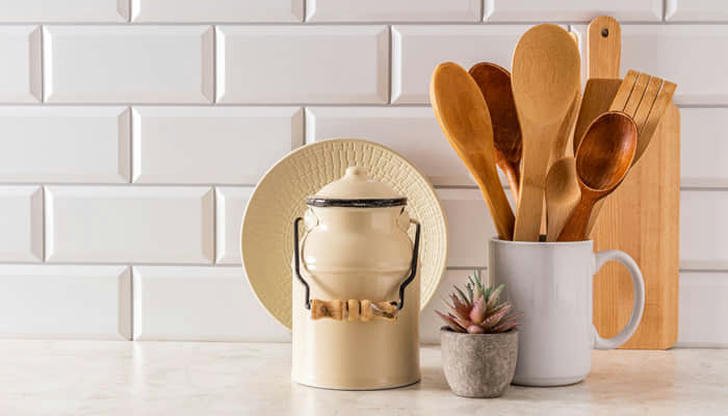
Keeping unnecessary items in your kitchen not only adds clutter but can also be hazardous. Kitchens are often busy spaces that quickly accumulate random papers, cluttered countertops, and overfilled cabinets. Regularly clearing out unused items is essential to keep this area functional, clean, and safe.
Below, expert organizers share key tips to help you streamline your kitchen, starting with what to discard immediately.
1.Expired Spices and Condiments
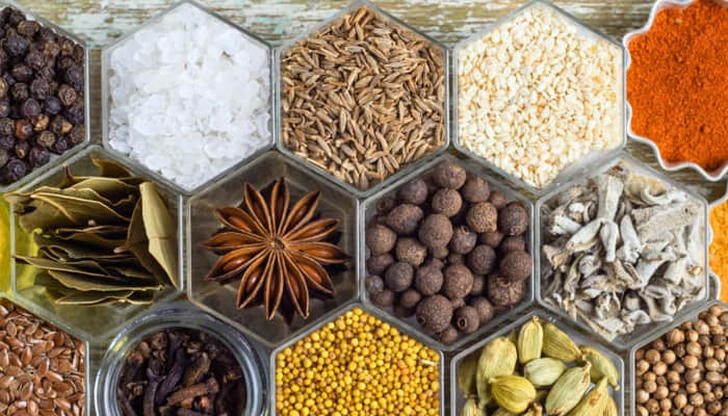
Expired spices and condiments often sit neglected in kitchen cabinets for years, their flavors and aromas long faded. Spices lose potency, making dishes taste bland, while expired condiments can spoil and even grow mold. Retaining these items not only crowds the shelves but also diminishes the quality of meals. Periodically checking and discarding expired spices and condiments keeps your cooking flavorful and your pantry organized.
2.Old or Chipped Nonstick Pans
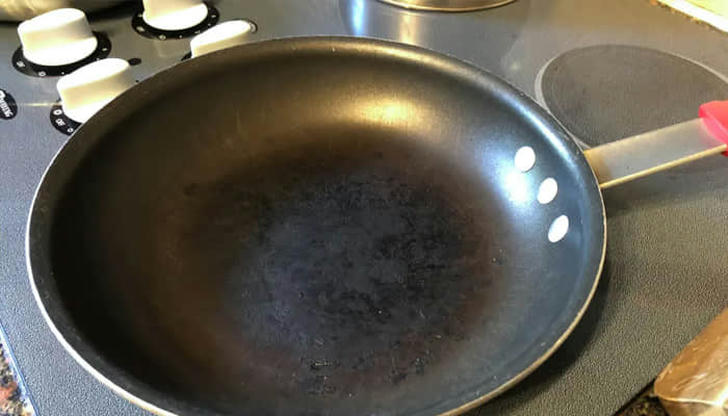
Nonstick pans are convenient, but once they start chipping or scratching, they pose health risks. The nonstick coating can flake off into your food, potentially releasing toxic chemicals. These damaged pans also lose their nonstick quality, making cooking and cleaning more difficult. Replacing chipped nonstick pans with new ones helps ensure food safety and a more enjoyable cooking experience.
3.Plastic Food Containers
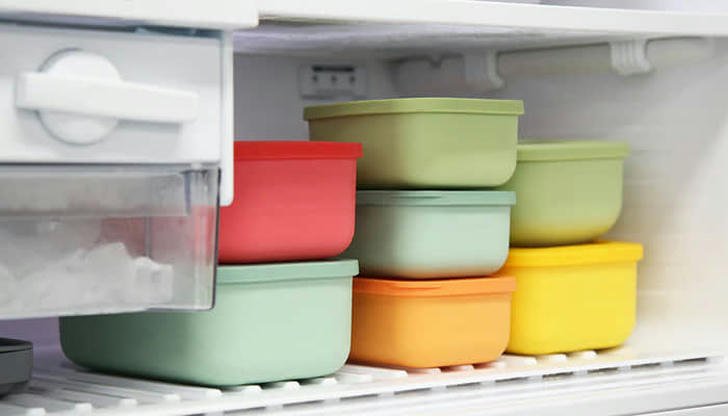
Worn, warped, or stained plastic containers, especially older models, can harbor bacteria in scratches and cracks. Many older containers may also contain BPA, a chemical linked to health concerns. Furthermore, mismatched lids and containers add clutter and frustration when trying to store leftovers. Regularly sorting and discarding damaged or unused containers helps keep your kitchen streamlined and hygienic.
4.Damaged Cutting Boards
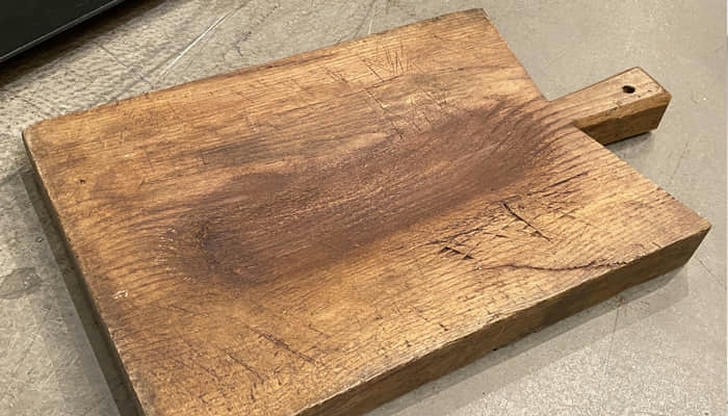
Cutting boards with deep grooves from knife cuts can be breeding grounds for bacteria, particularly in wooden or plastic boards. These cuts trap food particles and make it difficult to sanitize the surface properly. Using a clean, smooth cutting board not only improves food hygiene but also makes prep work smoother and safer.
5.Expired Canned Goods
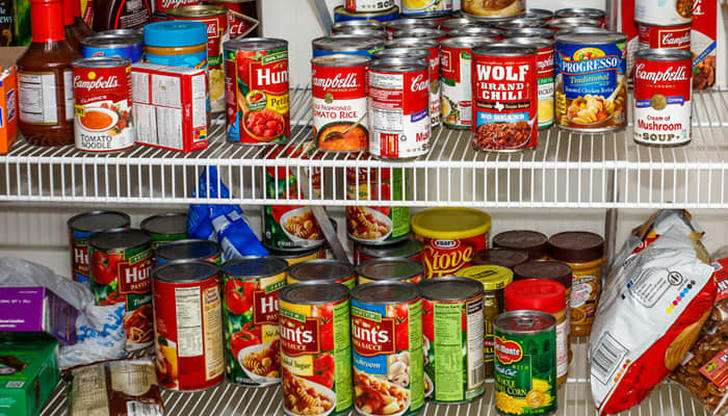
Canned goods may have a long shelf life, but they do eventually expire. Expired cans can lose nutritional value, and cans that are rusted, dented, or bulging should be discarded immediately, as they can harbor dangerous bacteria like botulism. Clearing out expired cans frees up space and ensures your pantry remains stocked with fresh, safe food items.
6.Worn-Out Dish Towels and Sponges
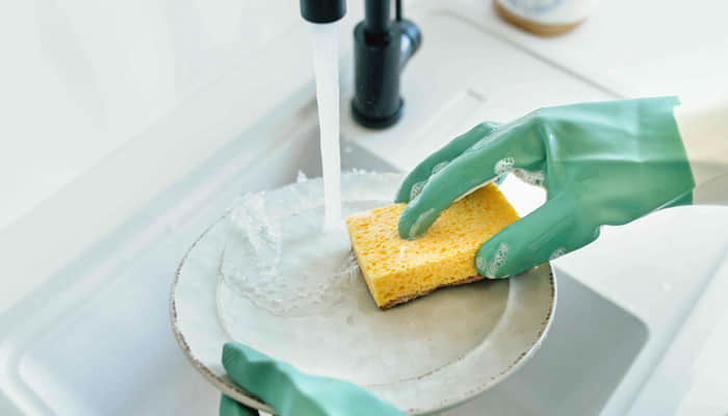
Dish towels and sponges that have seen better days can become hotbeds for bacteria, spreading germs rather than cleaning them up. Dish towels with holes or stains and sponges that smell or crumble no longer serve their purpose effectively. Replacing these items regularly helps maintain a clean and sanitary kitchen environment.
7.Unused Appliances
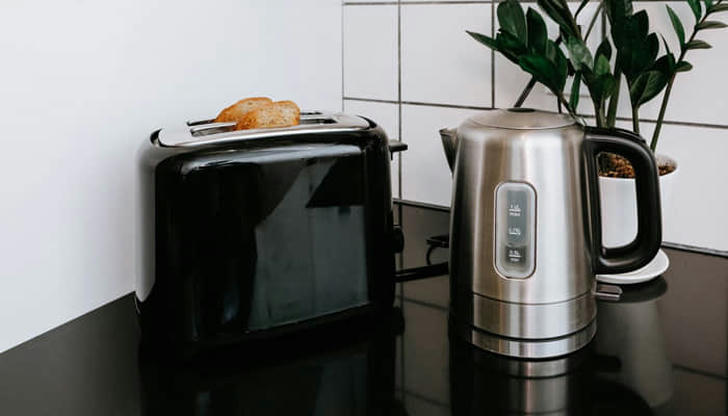
Bulky appliances like bread makers, juicers, or ice cream machines take up valuable counter and cabinet space, especially if they are rarely used. These unused items add clutter, make it harder to find essential kitchen tools, and limit space for things you use daily. Decluttering these appliances helps simplify your kitchen and make space for items that genuinely enhance your cooking routine.
8.Duplicate Utensils
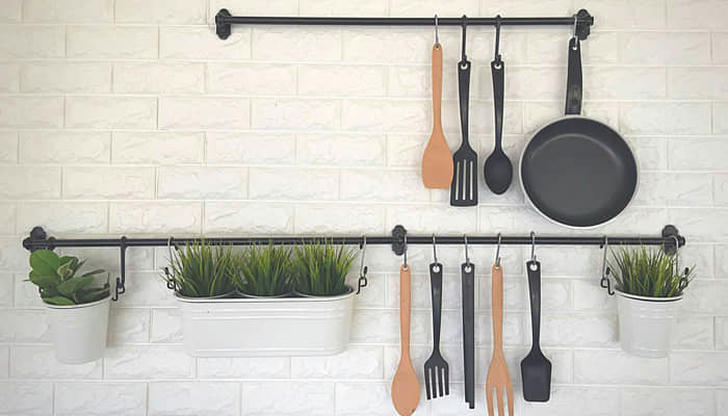
Extra spatulas, spoons, or whisks might seem handy, but they quickly add clutter, especially when you only need one or two of each. Sorting through duplicates not only makes drawer organization easier but also cuts down on unnecessary mess, helping you access what you need without digging through excess.
9.Old Tupperware Lids with No Matching Containers
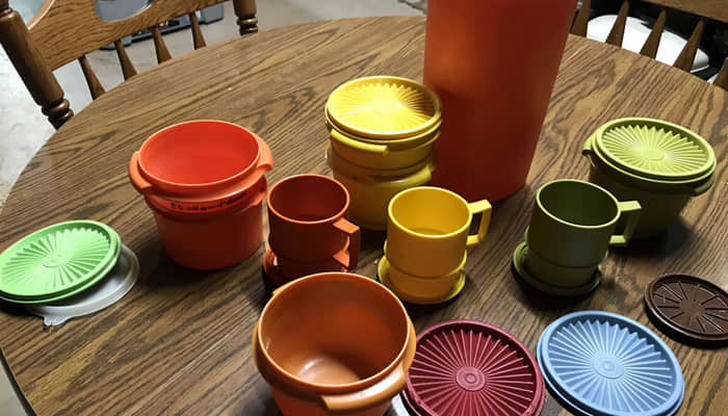
Cabinets and drawers often collect mismatched Tupperware lids and containers, creating chaos when trying to find a matching set. These mismatched items serve no purpose and create disorder, taking up valuable space that could be better used. Discarding unmatched items simplifies storage and organization.
10.Rusty or Dull Knives
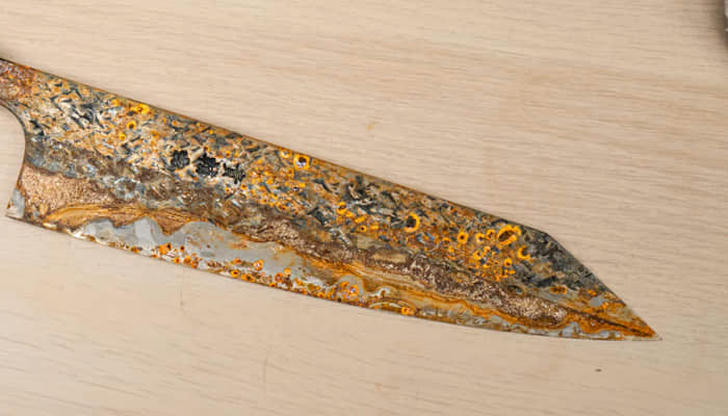
Over time, knives lose their sharpness or may start to rust, making them unsafe to use. Dull knives require more force, increasing the risk of accidents, while rusty blades can contaminate food. Keeping only sharp, rust-free knives in the kitchen makes meal prep safer and more efficient.
11.Stale Grains, Nuts, and Flour
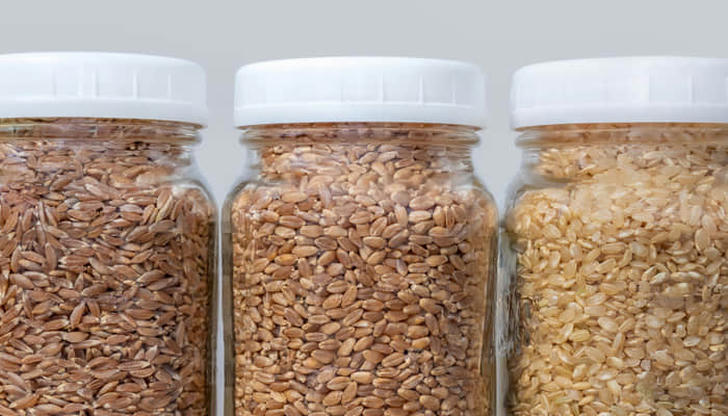
Grains, nuts, and flours have a limited shelf life before they go stale or turn rancid. When these pantry staples spoil, they develop off-putting tastes and odors that can ruin your recipes. Stale items can also attract pests, like pantry moths, adding to potential contamination. Regularly checking and discarding stale pantry items keeps your ingredients fresh, ensuring better-tasting meals and a cleaner pantry.
12.Old Coffee Mugs
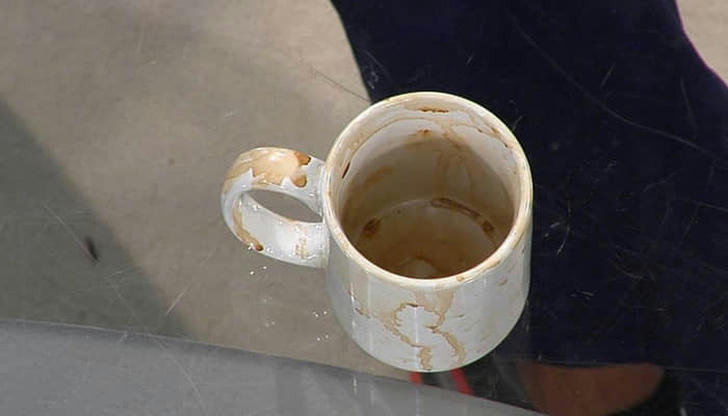
Coffee mugs tend to accumulate over the years, especially if they’re gifts or souvenirs. However, too many mugs can take up valuable cabinet space and make it difficult to organize other dishes. Keeping only a few of your favorites and discarding the rest can free up space and reduce clutter.
13.Warped or Rusted Baking Sheets
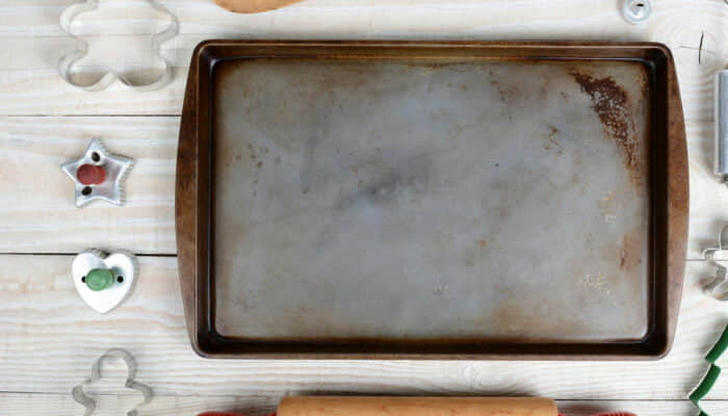
Baking sheets can become warped from high temperatures or develop rust over time, especially if they’ve been scratched or exposed to moisture. Warped sheets cook unevenly, affecting your recipes, and rust can transfer onto your food, potentially posing health risks. Replacing these with newer, high-quality sheets improves both your baking results and food safety.
